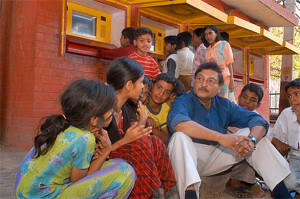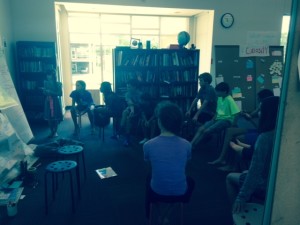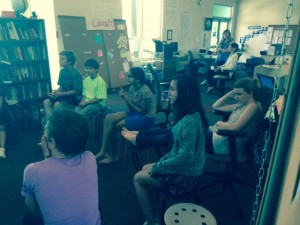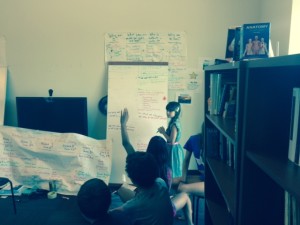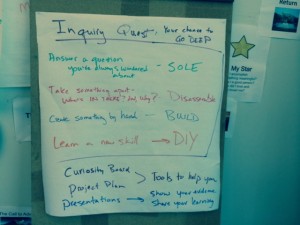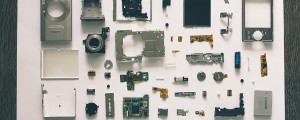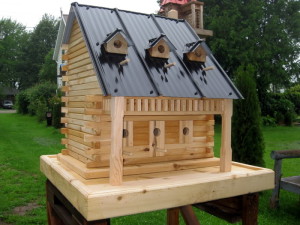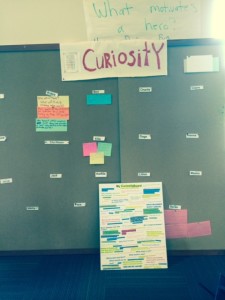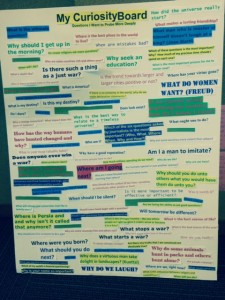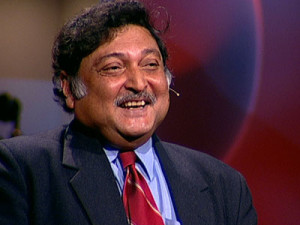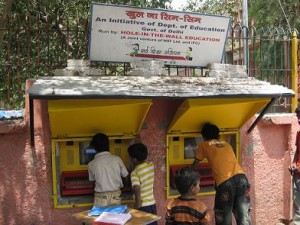Next Wednesday Sugata Mitra, the inventor of the Hole-in-the-Wall experiment and the SOLE (Self Organized Learning Environment), will visit Acton Academy.
In preparation, Eagles prepared their own list of five questions each, then met in Clearness Committees to critique and prioritize.
Each then brought their best questions to a studio-wide discussion to select the best “abstract” and the best “concrete” questions.
Some of the finalists:
- Who invented the first sport?
- Is there something invented long ago by humans that hasn’t changed at all?
- Why don’t we remember our dreams?
- What is the motivation of the Taliban?
- What are thoughts?
- How and why is the universe endless?
- What steps have we taken to make money more valuable?
- Are zoos good for animals or not?
- If all humans were to die, would another species take over the earth?
Here’s a challenge for you: “Which of these questions are ‘abstract’ and which questions are ‘concrete?’ Why?”
The SOLE winners:
Concrete: “You crash in the West Texas desert where you are certain you will be stranded for several days to one month. What are the five most important things you need to do?”
Abstract: “Why are humans inclined to judge?”
This week Eagles will divide into teams to dig for research and begin preparing to present their findings.
